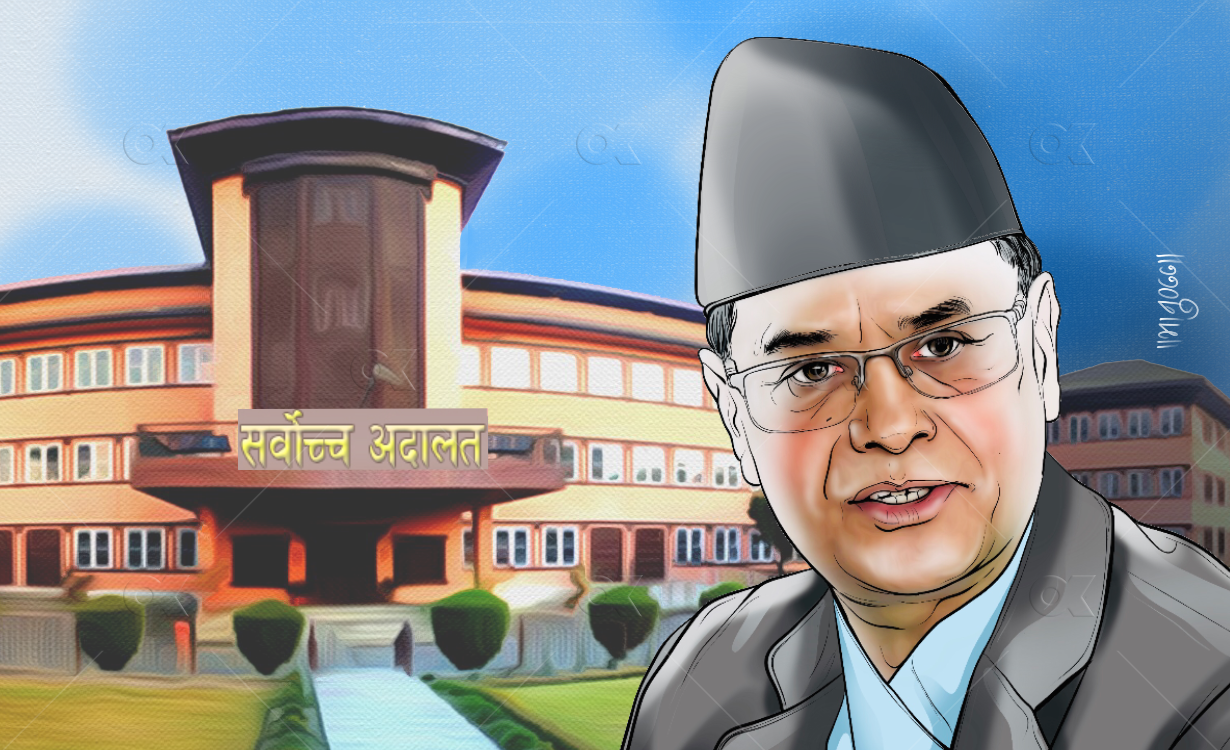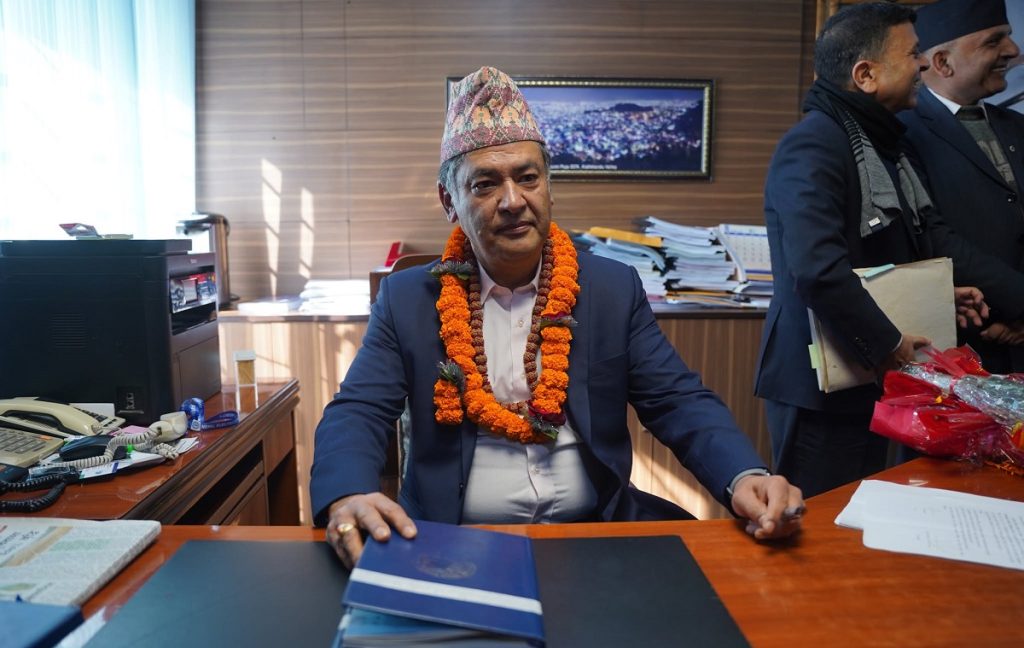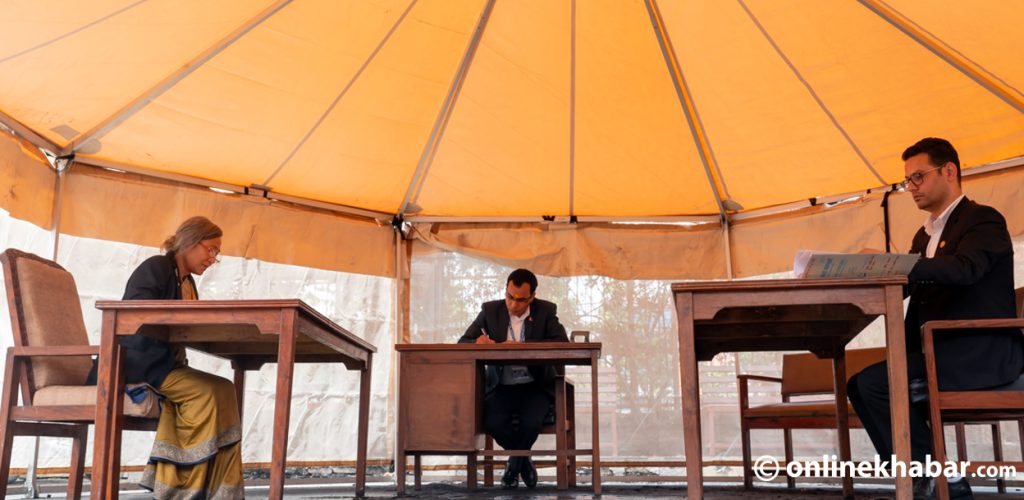No person is above the law. Although this is the message the impeachment motion filed against Chief Justice Cholendra Shamsher Rana aims to postulate, the timing and circumstances of the move make it largely suspicious.
As such an impeachment motion was demanded by lawyers, judges, Nepal Bar Association and other civil society groups for the last six months, it should have been lauded as a victory. Yet, the political colour of the motion and the consequent events have resulted in mixed responses across the legal fraternity. Further, it has also been apparent that this impeachment motion is not enough for the reform the Nepal judiciary sector currently needs.
Parameters for impeachment
Article 101 of the constitution has a provision of the impeachment motion against the CJ or any Supreme Court justice. A motion for impeachment may be lodged when one-fourth of the total number of the House of Representatives move a motion. For the impeachment motion to pass, two-thirds of the House of Representatives have to agree.
The present motion has been registered by 98 lawmakers representing the ruling coalition. Although the requirement as per the law is only one fourth, more than a third have lodged the impeachment motion.
The grounds for impeachment as provided in the constitution are the failure to fulfil duties due to serious violation of the constitution and the law, incompetence, misconduct or failure to discharge their duties honestly, or a serious violation of the code of conduct.
The numerous controversies surrounding Chief Justice Rana are testament to the fact that all these parameters have indeed been met. Serious charges of bribery and corruption, often leading to behind-the-door deals, dubious and even erroneous interpretation of the law have shaken the confidence of the public (such as the cases of the second dissolution of the House and Ranjan Koirala).
Besides this, there were several complaints about the administration of the Supreme Court during his tenure. Particularly notorious were issues pertaining to the non-allocation of dates to certain cases, misallocation of cases to selective benches and the formation of the constitutional bench. Due to the first-of-its-kind protests by the judges of the Supreme Court, joined by lawyers and later the Nepal Bar Association and the Supreme Court Bar Association, the cases have been allocated on the basis of a lottery system since December 1, 2021.
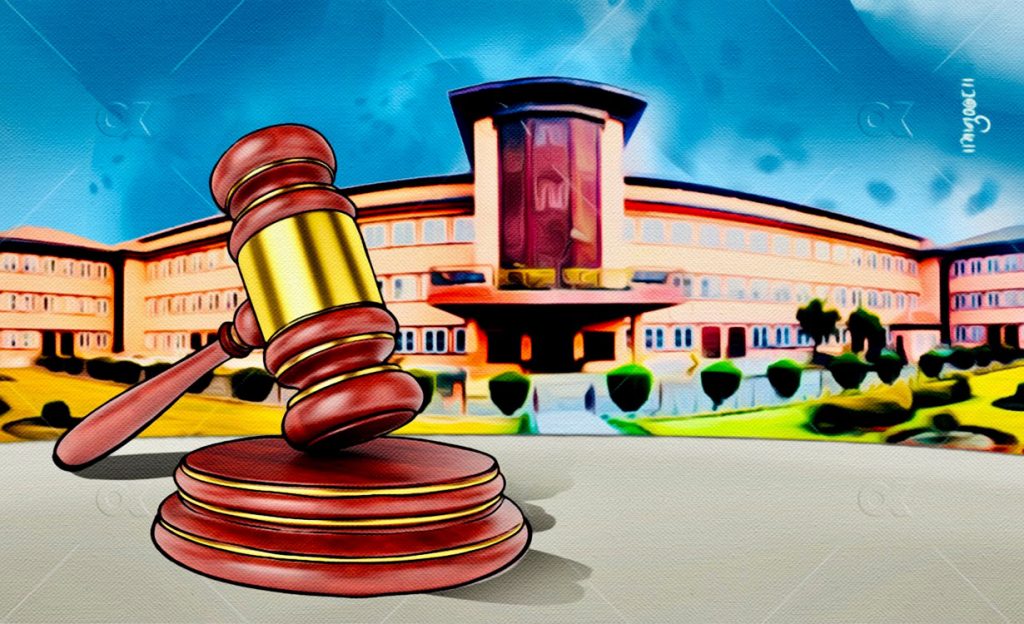
Misconduct was also apparent when Rana became personally involved in the appointment of public officers, as a member of the Constitutional Council based on the controversial ordinance that amended the Constitutional Council Act, 2010. The constitutionality of the ordinance itself has been challenged.
While the chief justice seems to have tick boxed on all the parameters warranting an impeachment, it is worth questioning why the impeachment motion has been lodged now although lawyers and other members of the judiciary had been demanding his resignation for over six months. If anything at all, the now-suspended chief justice seems to become a victim of politics rather than being impeached for his failure to fulfil his duties, flagrant misconduct and violation of the constitution and code of conduct of judges.
The key question of independence
The preamble of the constitution clearly states the commitment to an independent, impartial and competent judiciary. For Nepal to step away from being declared a failed state, this commitment needs to be realised in actuality.
The importance of maintaining three separate and independent organs cannot be understated. News of collecting signatures of members of the House of Representatives threatening to file counter impeachment motions against four judges by the UML shows that the judiciary is being held hostage in these muddy mires of politics. An attack on the judiciary is in fact an attack on one of the guardians of democracy, and must immediately be put to rest.
In a newly established federal state, such action sets a bad precedent in violating the principles of separation of powers and upholding the basic tenets of the constitution.
Separation of powers is fundamental to a working democracy. All three organs of the government need to function independently and serve as a check and balance for any government to function effectively.
Need for reform
The constitution makes a fundamental distinction between the judges of the Supreme Court (generally referred to as justices) and the Judges of other courts, in terms of review of performance and their consequent removal.
The Judicial Council under article 153 of the constitution oversees the review of performance and removal of judges of provincial high courts and district courts. More particularly, the mechanism entails a review of the performance of the judges, assessment of conduct and investigation of complaints made against them. If the judge is found guilty, the Judicial Council may take disciplinary action against or even dismiss the judge. If the judge is corrupt and commits abuse of authority, the Judicial Council also has the power to institute a case as per the relevant corruption laws.
Whereas for judges of the Supreme Court and the chief justice, the process for removal is by lodging an impeachment motion under Article 101 of the constitution.
Were judges of the Supreme Court imagined to be of such stature/calibre that a tool as uncommon and inviolable as an impeachment motion was imagined to remove them? Clearly, the suspended chief justice has failed to meet this test on several counts. This raises important questions about the appointment of judges and the chief justice as well. While the legislative intent behind these two distinctions is worth pondering on, there appears to be a need to rethink the effectiveness of the entire process of appointment, review and removal of judges.
The process of appointment of the chief justice we currently follow is nominating the senior-most judge for the chief justice. This system is also in practice in India. In the UK, the president of the Supreme Court is chosen by an independent committee, based on the application of the candidates, detailed interviews, and fulfilment of the criteria laid down by the parliament. In the United States, the chief justice is nominated by the president and the decision is then confirmed by the senate.
The question that comes to mind is whether a person, though unfit to be the chief justice, deserves to hold the position, merely by the reason of seniority. The debacle of CJ Rana shows it has severe consequences including the violation of rules, laws and principles but also the erosion of public faith in the institution of the judiciary.
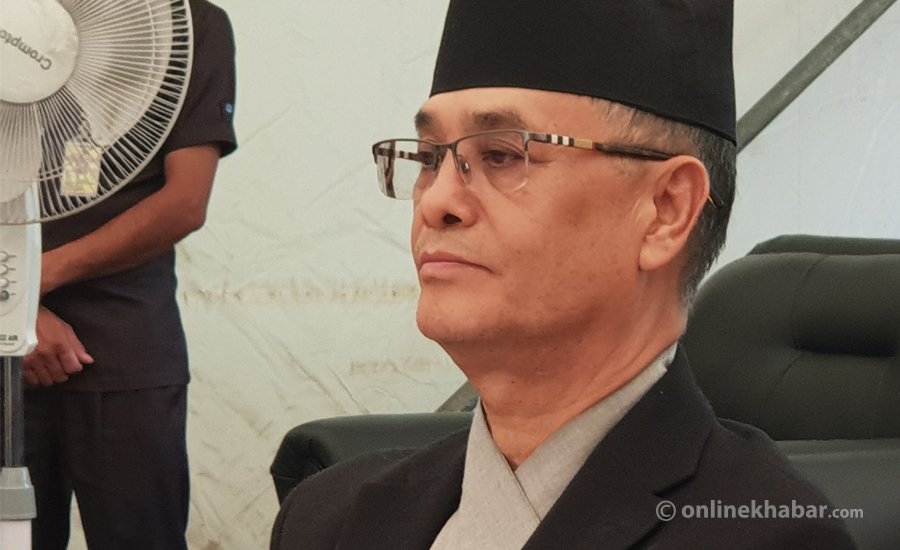
It is further problematic that the chief justice is the head of the Judicial Council. Having CJ Rana as the head of the Judicial Council shows that the position is vulnerable to abuse. Further, the chief justice and other justices of the Supreme Court are excluded from being reviewed and/ or removed by the Judicial Council, at par with other judges.
While the Judicial Council may file a case for corruption against the judges of other courts, there are no similar provisions for the judges of the Supreme Court. How can judges including the chief justice of the Supreme Court be prosecuted for corruption charges then? This seems to be a case of unequal treatment within equals, which in itself is a violation of the right to equality, enshrined under article 18 of the constitution.
As to the working of the Judicial Council, the process of investigating a complaint, launching an investigation against the misconduct of a judge itself needs to be strengthened and made transparent. Due process needs to be followed so there is no abuse of powers. In the event of abuse of the process by any member of the Judicial Council, there need to be cogent methods of recourse against such members.
With respect to the process of removal of the chief justice and other justices of the Supreme Court, the impeachment motion filed against the former chief justice Sushila Karki has already demonstrated how this provision can be misused by the legislative. The recent impeachment motion against Rana and the news of the counter impeachment motions being prepared only confirm that fact. For the judiciary to assert its own independence it cannot rely on the legislative or any other organ to serve as a check and balance.
The crucial question
Is the impeachment motion against Chief Justice Rana enough then? What about the charges of corruption, misconduct, violation of the law? How will they be dealt with in order to restore justice?
Although the motion was filed over three weeks ago, the only new development is the formation of an impeachment motion recommendation committee. The political leanings and the pace at which this process is being undertaken demonstrate a mockery of the judiciary, abuse of the process and the travesty of the system. It, hence, shows the motion itself is not enough to reform the judiciary that the country currently needs.
Lastly, before going into whether or not the impeachment motion will succeed, the very fact that such a motion was filed demonstrates the lack of accountability and failure of the judiciary to elect such a person unfit to the office of the chief justice. The judiciary has failed the test of the rule of law. By filing the impeachment motion, not only to make the judiciary accountable but to wield political clout, the legislature has also failed the test. Both these systematic failures of our two fundamental organs point towards the urgent and immediate need to reform the entire judicial system to maintain rule of law and restore democracy.



